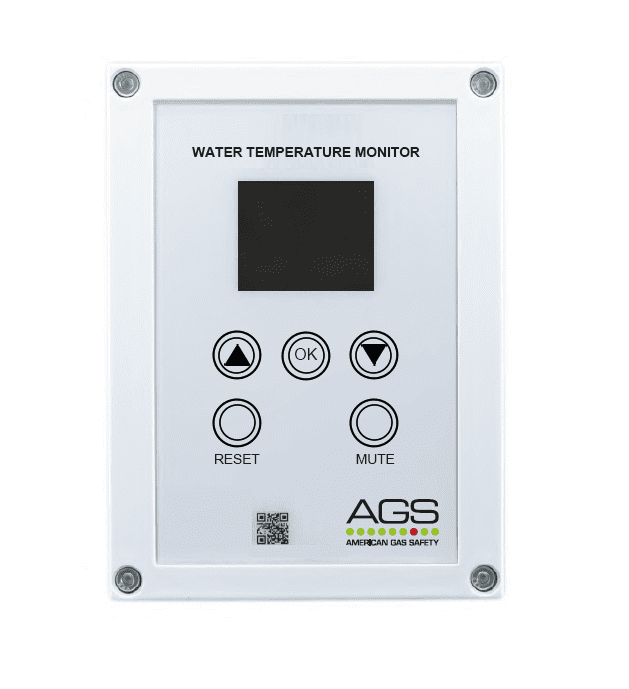Water temperature monitoring plays a critical role in ensuring the safety and well-being of occupants, particularly in healthcare facilities where vulnerable patients are at risk of scalding injuries. Compliance with local building codes regarding water temperature regulation is imperative to prevent accidents and maintain a safe environment. In this blog, we’ll delve into the specific code requirements for water temperature monitoring in North America and explore why these regulations are essential for healthcare settings.
In California, Code 613.5 mandates the installation of temperature control valves in domestic hot-water distribution systems for health facilities and clinics. These valves are designed to automatically regulate the temperature of hot water delivered to plumbing fixtures used by patients within a range of 105°F minimum to 120°F maximum. Additionally, a high-temperature alarm set at 125°F is required, with audible and visual devices to annunciate the alarm at a continuously occupied location. Compliance with this code helps prevent scalding incidents by ensuring that water temperatures remain within safe limits.
Similarly, Wisconsin’s SPS 382.50 outlines specific requirements for water temperature control in healthcare and related facilities. According to this code, water supplied to patient showers, therapeutic equipment, and baths must be equipped with control valves that automatically regulate the temperature within a range of 110°F to 115°F. These control valves are essential for preventing water temperatures from exceeding safe limits, thus reducing the risk of scalding injuries among patients. Additionally, the code stipulates that flow must be automatically reduced to 0.5 gallons per minute or less when water temperatures exceed 115°F or when there’s a loss of cold water pressure.

To ensure compliance with these stringent code requirements and enhance safety in healthcare facilities, the AGS Water Temperature Monitor (WTM) provides an effective solution. Designed specifically for health facilities, the device allows for the configuration of minimum and maximum permitted water temperatures via internal switches and fascia controls during installation. By continuously monitoring water temperatures and alerting users to deviations from safe levels, the AGS WTM helps prevent scalding incidents and ensures a secure environment for patients and staff alike. The WTM incorporates advanced features such as a simple user interface for resetting and silencing alarm conditions.
Adhering to water temperature monitoring code requirements is crucial for safeguarding individuals in healthcare settings against scalding injuries. The implementation of reliable monitoring systems such as the AGS Water Temperature Monitor not only ensures compliance with codes but also promotes a culture of safety and well-being in medical facilities. By prioritizing water temperature regulation, healthcare providers can mitigate risks and create a safer environment for patients and staff.

